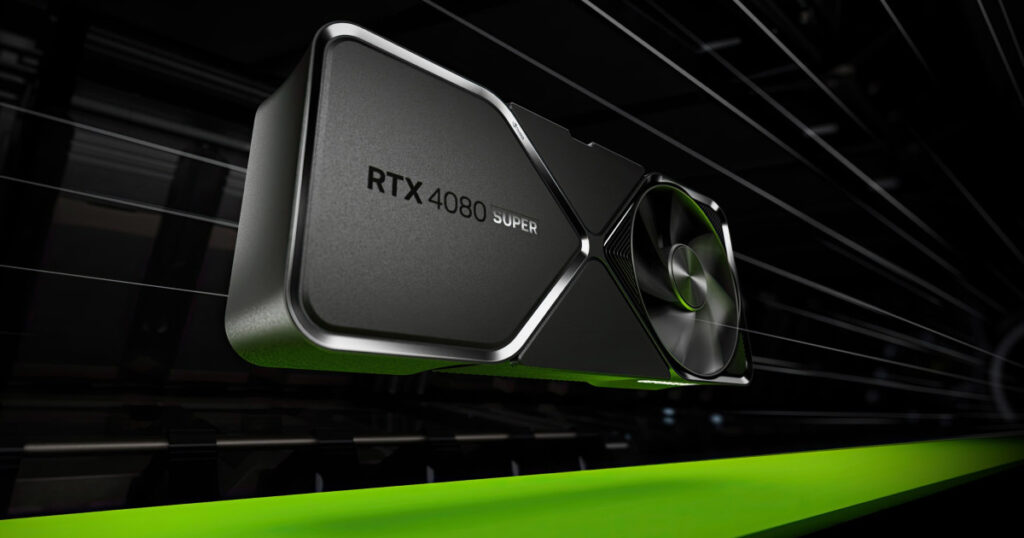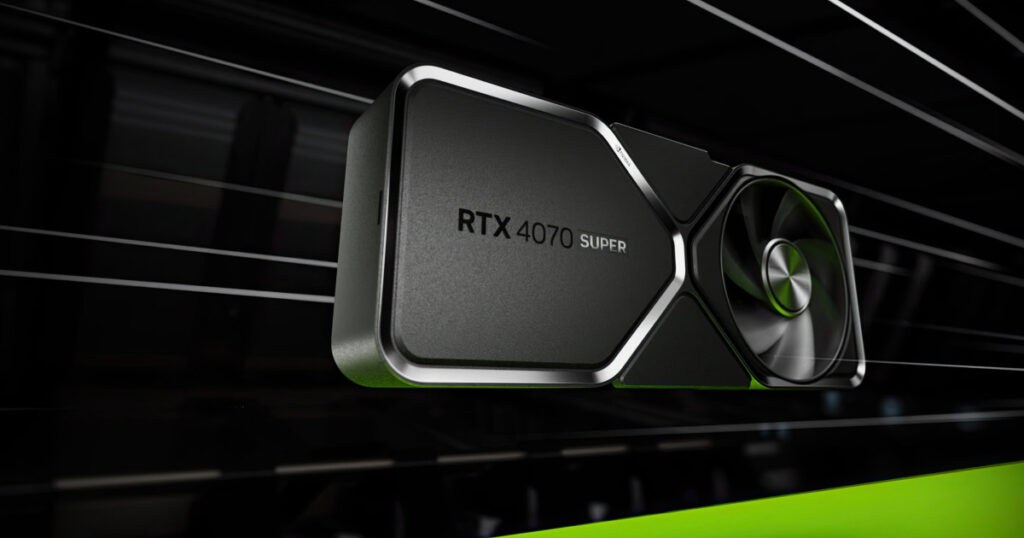CVC should probably be a term that’s experienced and not known, but it can be important to understand the impact it has on your NBN connection.
NBN CVC explained
Technology is great and all, but there sure is a lot of jargon when it comes to the seemingly simple task of getting online. Take getting online with the NBN, for example. Whether you’re dealing with the difference between modems and routers or understanding why Mbps is important for your download and upload speeds, things are already confusing.
Then you throw in terms like “CVC” and things get even more complicated. Let’s demystify this initialism.
What is NBN CVC?
CVC stands for Connectivity Virtual Circuit. Unfortunately, the official NBN CVC explanation is more confusing than enlightening. “[CVC] determines the capacity required to serve each Connectivity Serving Area (CSA). The CVC is an aggregation of the Access Virtual Circuits (AVCs) from the end-user premises back to the Point of Interconnect (PoI).” There’s a lot to unpack there.
One of the simpler ways to understand CVC is to think of it in terms of the bandwidth relationship between your NBN connection and your provider. NBN plans are advertised as either NBN 12, NBN 25, NBN 50, NBN 100, NBN 250 and NBN 1000. While those numbers relate to maximum potential download speeds, there are several factors that may stop, say, an NBN 100 plan from hitting 100Mbps download. Providers like to remind you how many of those factors are inside your home, but one of the bigger ones is outside your home: namely, the guaranteed bandwidth provided by your provider to each home. This provider bandwidth is usually reflected in terms of self-reported typical evening download speeds.
So, how does CVC fit into all of that? CVC is basically a different kind of bandwidth relationship between provider and NBN, except that the provider can pay NBN for more CVC to offer faster overall download and upload speeds (bandwidth) to users throughout the day. This is particularly noticeably during the internet’s busy period – typically between 7pm and 11pm every night (including weekends) – and less noticeable if you’re using the ’net during a quiet time (like the wee hours of the morning).
Normally, terms like this wouldn’t need to be known for homes wanting to connect to the NBN, but that’s changed in more recent times. Some NBN providers have been vocal about their issues with CVC costs and whether they should be lowered or abolished. NBN also boosted CVC without the extra cost during the COVID-19 lockdowns of 2020, which made the not-self-explanatory term more common.
What are NBN CVC charges all about?
Providers pay two key fees to access the NBN. The first is Access Virtual Circuit (AVC), which is a fixed monthly fee charged on a per-user basis and comes with a specific bandwidth allocation for each home. NBN CVC pricing is the other fee providers pay to cover the full amount of bandwidth they want to pass between the provider’s network and the NBN. Where it becomes important to everyday users is when a provider’s purchased CVC hits 100% utilisation across its customers, speeds start to suffer.
The point where a provider’s network meets the NBN is called the Point of Interconnect (POI), and there are 121 PoIs around Australia that are used to connect the NBN to provider networks.
What are CVC graphs?
This is where things get a little trickier. Kind of like how there are three main mobile networks in Australia but dozens of telcos, not every NBN provider has invested in creating a dedicated network to connect to the NBN. Some providers buy stacks of CVC – and, understandably, charge more for it – and some of those shine a light on it, which is why you can see Aussie Broadband’s CVC and Superloop’s CVC, for instance. Other providers piggyback onto bigger provider networks – like the MVNOs on the Telstra, Optus and Vodafone mobile networks – which tends to mean cheaper prices but may mean slower self-reported typical evening download speeds.
How do I do a CVC check for my provider?
Certain providers like Aussie Broadband and Superloop offer CVC graphs on their websites that offer a view of the provider’s CVC usage in relation to your nearest PoI. Finding your nearest PoI isn’t particularly straightforward, but Aussie Broadband has a PoI check that lets you input your address and find out which PoI services your home. Similarly, if you are with Superloop, you can access this information by logging in to the members area on the website. Use one of these ways to find your PoI before digging into the next part.
Both the Superloop CVC graphs and Aussie Broadband CVC graphs have drop-down menus that let you manually select the CVC servicing your area.
By way of example, the PoI that Superloop uses to connect my home to the NBN is in Glebe. Aussie Broadband charts recent demand for upload and download on its graphs with a daily snapshot, with upload well below download. Download demand fluctuates depending on the time of day and come close to Aussie Broadband 6,000Mbps CVC limit for the Glebe PoI at around 9.00pm.
On the Superloop CVC graph, it’s a similar story in terms of tracking download and upload demand, with upload relegated to the bottom of the graph and download charting a path above it. Instead of tracking a 24-hour period, Superloop offers a snapshot of a week. And instead of flagging the total CVC availability, Superloop represents it as a percentage, with download demand never crossing 60% utilisation.
In the market for an NBN plan?
We regularly compare NBN plans to determine the best NBN internet plans and the best NBN providers. For those already connected to the NBN via HFC or any other technology type, it’s worth doing an internet speed test to see that you’re getting your advertised speed. And for those still using copper-based services, you should also check to see the NBN cut-off dates for your suburb. For those who aren’t fans of NBN, there are NBN alternatives to check out, too.
Below is a list of the fastest NBN 50 plans, which means their providers have invested in CVC, all of which have unlimited data (NBN 50 is the most popular NBN speed tier).
Related Articles




